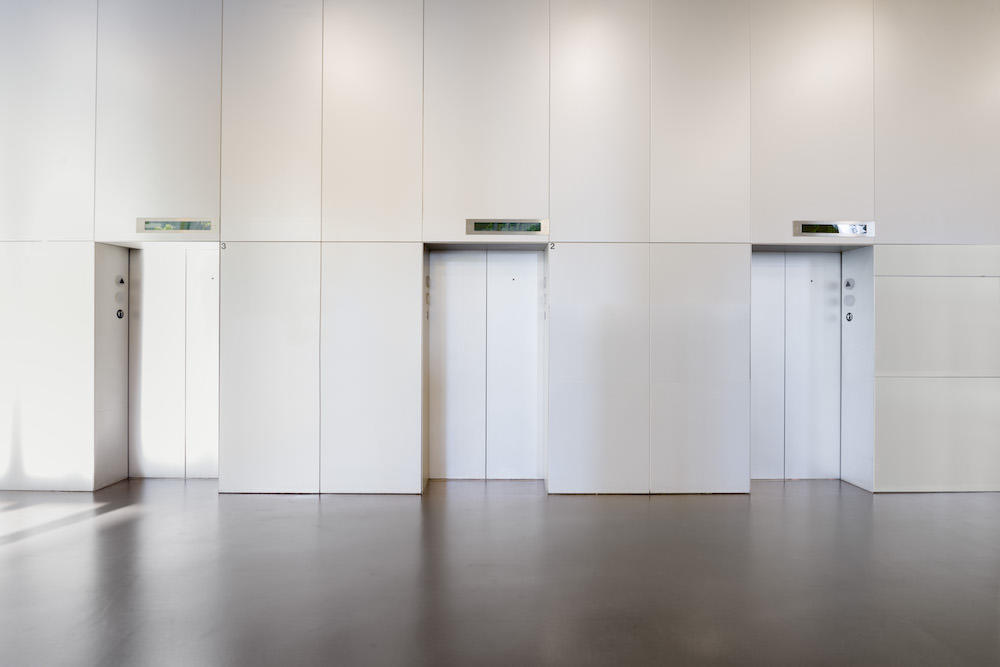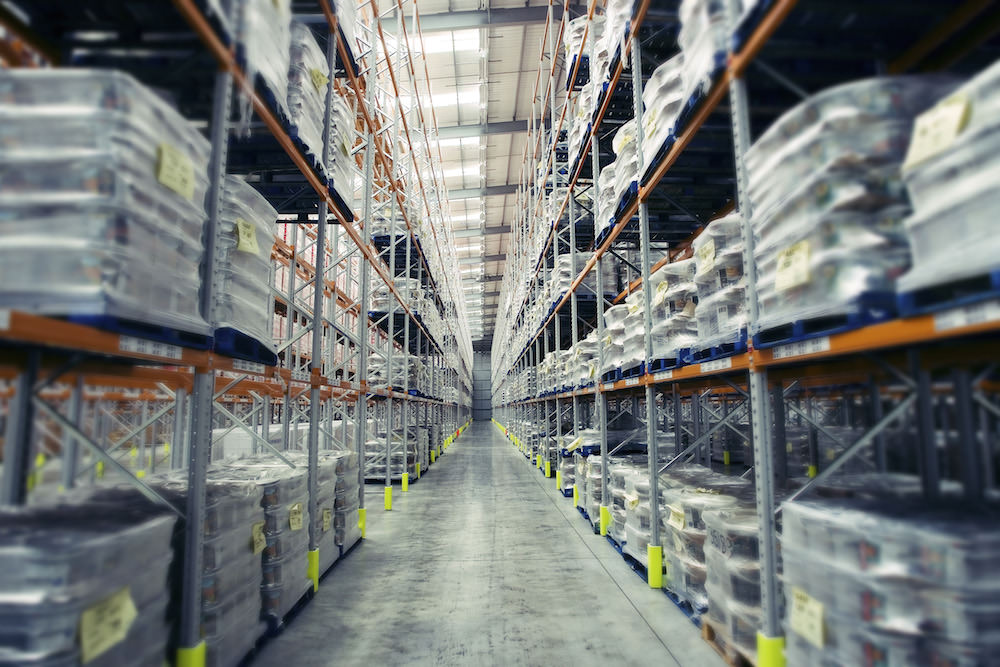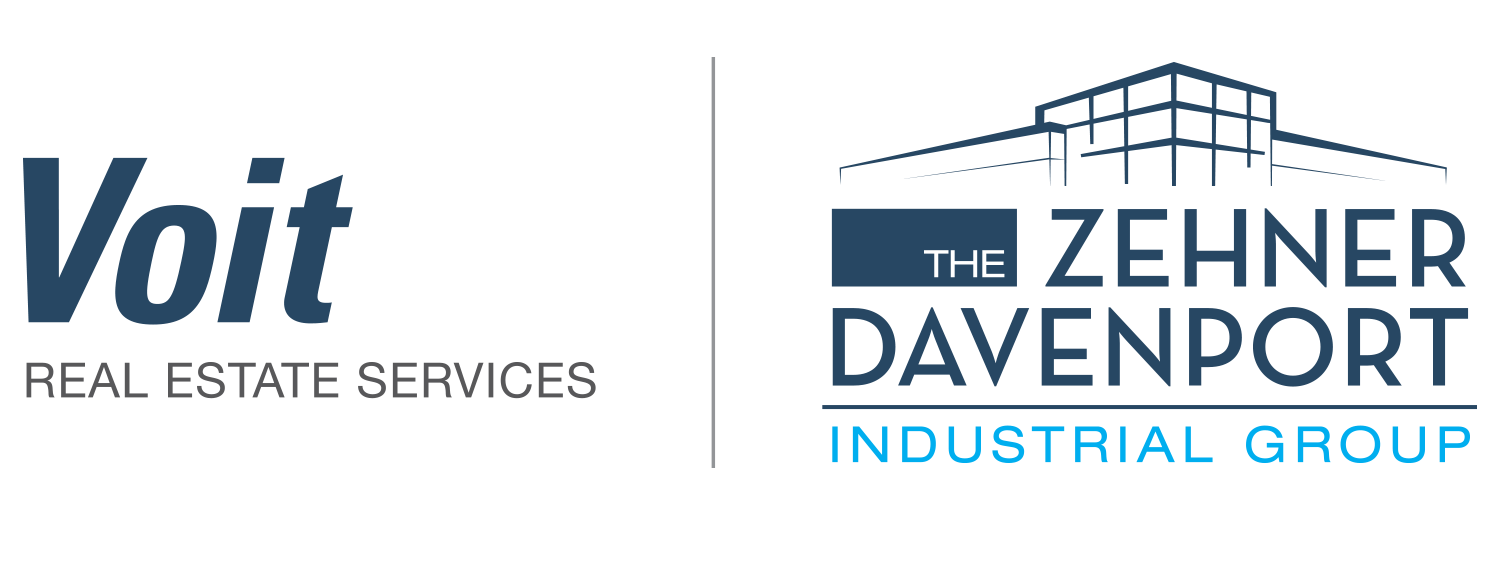The Orange County industrial market has come a long way since being mired in recession back in 2009 and 2010.
Since then, rents have risen steadily and vacancy has fallen to historically low levels. As of the end of this year’s first quarter, the average asking rental rate for all building classes, stood at $0.71, as compared to $0.57 in the same period in 2010.
Vacancy, which ended Q1 at 2.37%, has declined by 62.6% in that same span. Concessions like free rent and improvement allowances have been pared back to next to nothing. As-is-where-is the mantra for most landlords. All in all, 2016 is a much better time to be a landlord than 2010.

The overall economic recovery continues, but the pace of that recovery is slowing. US GDP grew by just 2.4% last year, and the first quarter grew at a sluggish .5% after ending 2015 in a low note.
So, there is a lot more chatter about the market being at a natural peak and the headlines are pointing to more talk of a recession in the near term. Orange County generally fares better than areas when the industrial market corrects, mainly due to its diverse economy.
A soft landing the next time around is even more likely given the fact that land is scarce and new product deliveries are running at a trickle.
Developers and their lenders have been more cautious in this up cycle not to overbuild, which should soften the impact of a market correction and also speed its recovery.

As a landlord, what should you be looking for in terms of market indicators that might signal a slowdown in the industrial market? There is no one clear answer to that question, but there are a few metrics that are relatively simple to keep an eye on, including leasing activity, net absorption and the average asking lease rate.
Leasing activity is the total amount of space that is transacted in a period. In Q1 of 2015, Orange County’s industrial market recorded 4,075,421 square feet of transaction activity, but that number fell to 2,248,133 square feet in Q1 of this year.
Net absorption, the net gain or loss in the total amount of occupied space in a quarter, totaled 153,335 square feet in Q1 of 2016, its third consecutive quarterly decline.

Average asking rents did grow by almost 11 % in the past year, but that is largely due to the premium rates being achieved on the highest quality space. Industrial inventory is aging and most of what comes available these days is older properties with elements of functional obsolescence. So, if your building falls into that group, it should probably figure into your strategy for the property going forward.
Some landlords have already taken action to hedge against a potential slowdown by becoming more aggressive when competing for good tenants. These owners tend to have a longer term perspective when it comes to managing their rent rolls.
They look for longer lease terms with good credit tenants and are more willing to deal on lease rate and tenant improvements in return for more predictable cash flow. So, now may be a good time to look at your own rent roll and cash flow projections to see if a change in strategy is in order.

Vacancy is the ultimate IRR killer.
It just may be to your advantage to give a little away up front for a quality income stream that bridges the potential peaks of the next cycle.
Even if a market correction never materializes, your efforts may well result in higher occupancy over the long term, which will have a more positive impact on your long term IRR than will holding out for a few extra pennies on the next deal.

Leave a Reply
You must be logged in to post a comment.